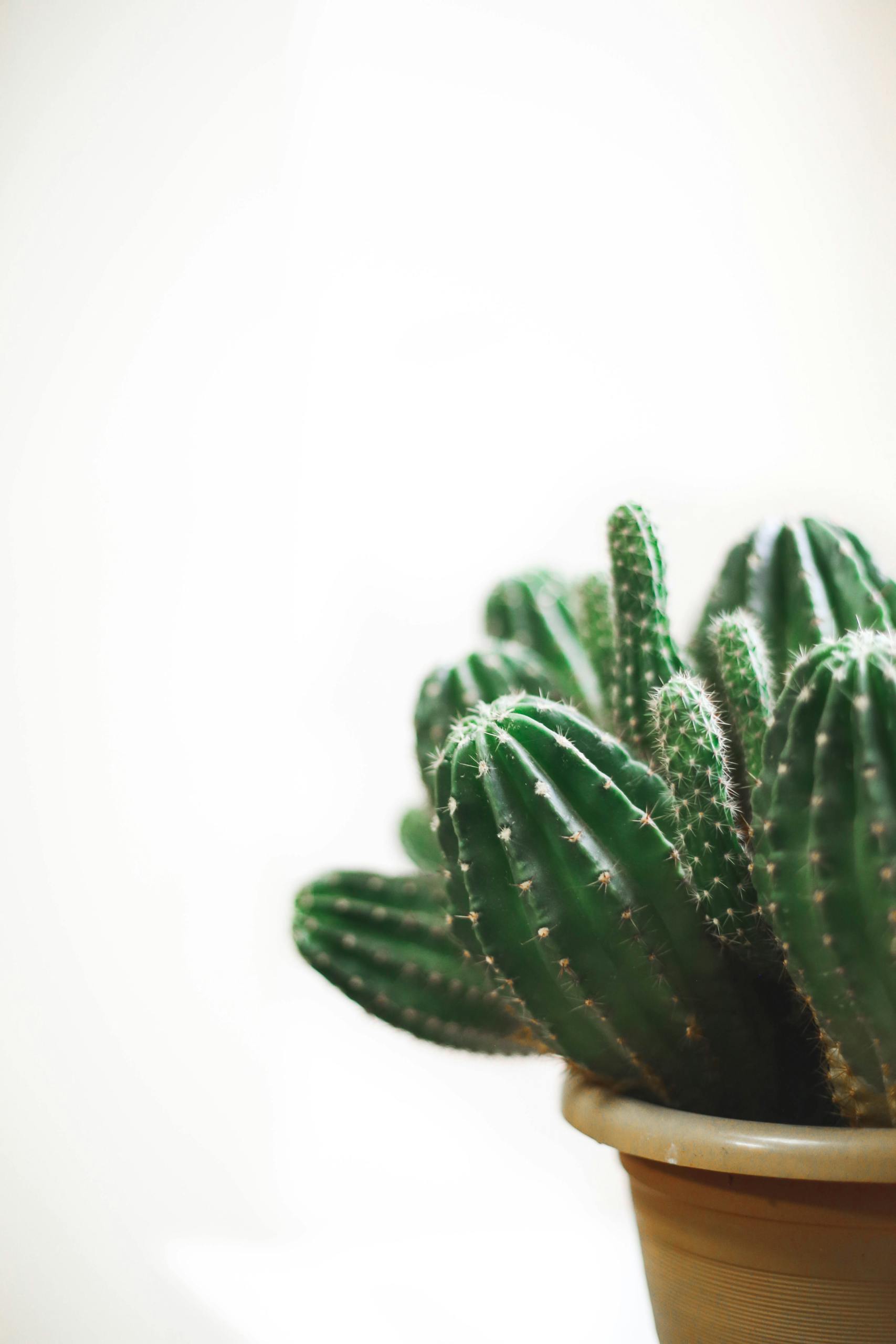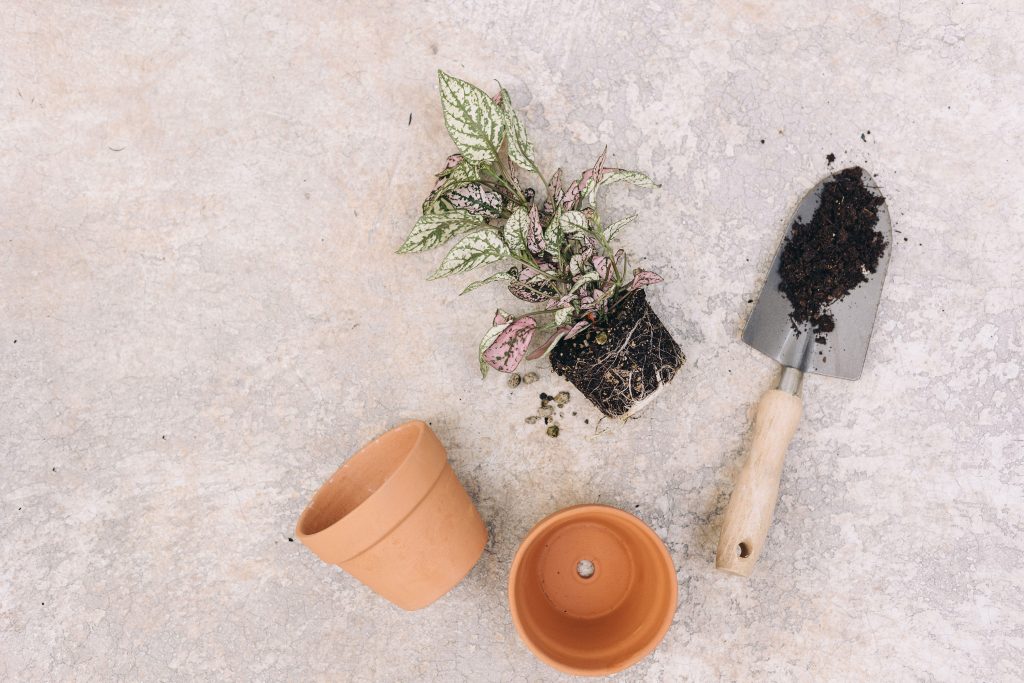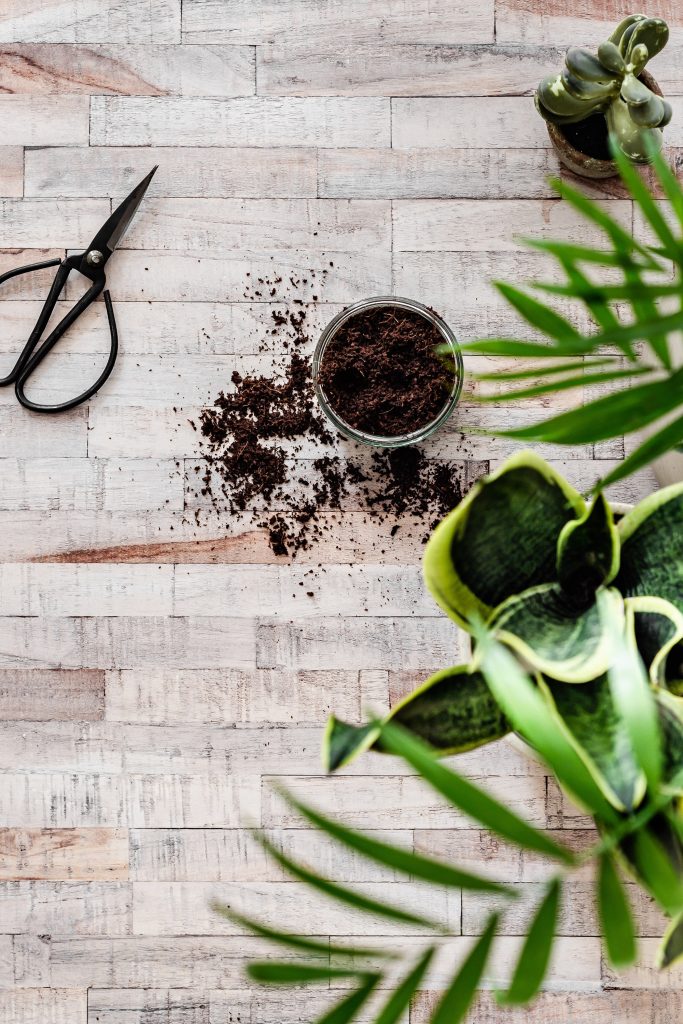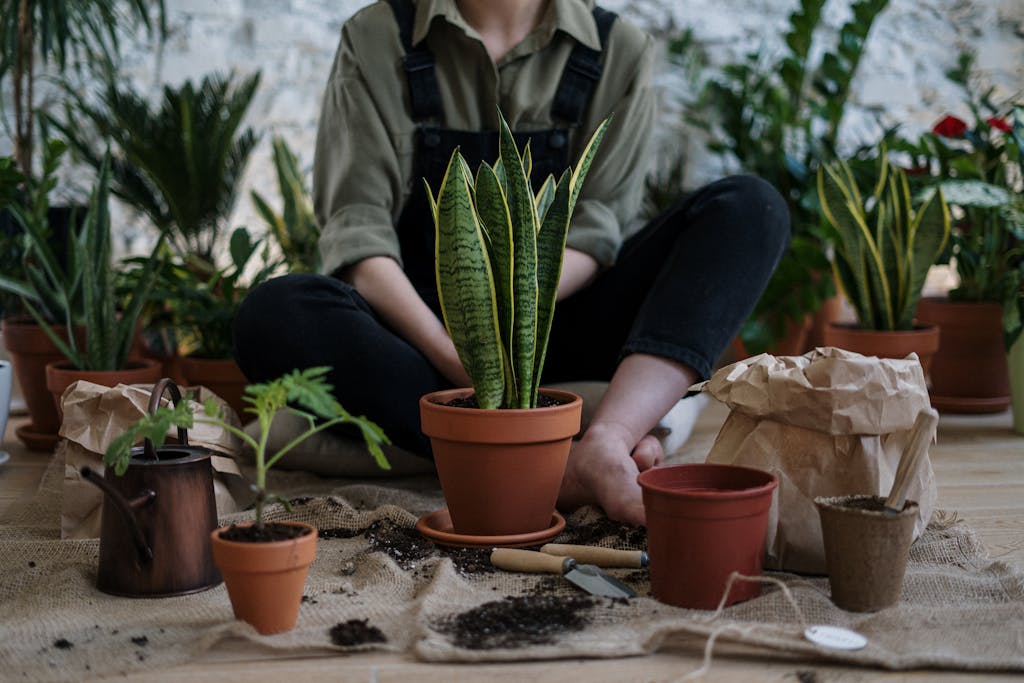Succulent Care for Beginners
I once bought a gorgeous fiddle leaf fig because Instagram made me think I needed one. Three months later, it looked like a sad stick in a pot.
So when a friend gifted me a tiny succulent, I thought, “Well, here we go again.” But instead of giving up, I decided to figure out why succulents seemed to survive other people’s houses but not mine.
And you know what? Once I learned a few simple things, succulents became my ride-or-die plants.
They’re cute, low-maintenance, and surprisingly forgiving once you understand their quirks. If you’ve been itching to add some green to your home (without turning it into a full-time job), succulents are the perfect starting point. Here’s your beginner-friendly guide to keeping them alive and thriving.
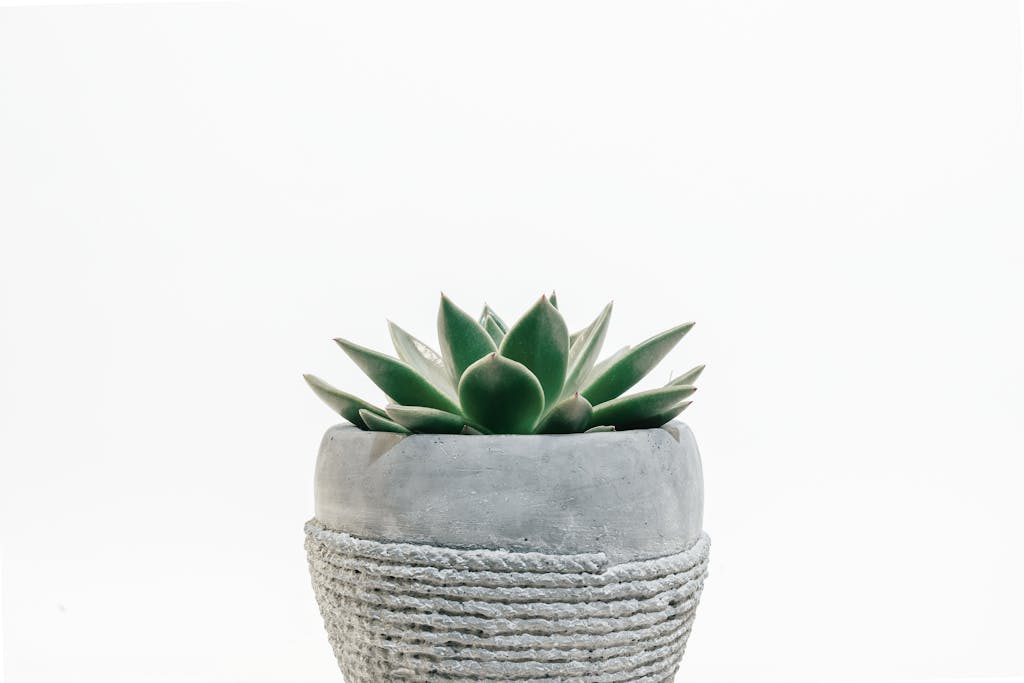
Step 1: Pick the Right Succulents
Not all succulents are created equal. Some are practically indestructible, while others are divas in disguise. If you’re brand new, start with the classics:
- Aloe Vera → Great for beginners and doubles as a natural first-aid plant.
- Jade Plant → Almost impossible to kill if you don’t drown it.
- Echeveria → The pretty rosette ones you see all over Pinterest.
- Zebra Haworthia → Small, stripey, and thrives on neglect.
These are the starter pack plants that’ll give you confidence before you graduate to the fussier types.
Step 2: Light, Light, and More Light
Here’s the golden rule: succulents love sunshine. They’re desert plants, after all. If you can, give them a bright windowsill that gets at least 6 hours of light a day. South-facing windows are their dream homes.
Not enough natural light? No problem. Grab a grow light and set it up near your plants.
They’ll thank you by staying plump and colorful instead of stretching out and looking sad.
Step 3: Don’t Overwater (Seriously)
This is the mistake every beginner (me included) makes. You see your succulent looking a little dry, so you water it. Then you water it again. Before long, the roots are rotting in soggy soil.
Here’s the rule of thumb: water deeply, but infrequently. Let the soil dry out completely between waterings. In summer, that might be once every 1–2 weeks. In winter, sometimes only once a month. When in doubt, wait. It’s always safer to underwater than overwater.
Step 4: The Right Pot Makes All the Difference
Your succulent doesn’t care how cute the pot looks, it cares whether or not it drains.
Pots without drainage holes are basically succulent death traps. Always choose one with a hole at the bottom so excess water can escape.
Terracotta pots are ideal because they help the soil dry faster.
Step 5: Soil Matters More Than You Think
Succulents hate sitting in heavy, soggy soil. Regular potting soil holds too much moisture. Instead, use a succulent or cactus mix. Or, make your own by mixing regular soil with sand or perlite to improve drainage.
Think of it as giving your succulents a dry, airy mattress instead of a swamp.
Step 6: Fertilize (But Just a Little)
Succulents don’t need constant feeding, but they do appreciate a little boost during their growing season (spring and summer).
Use a diluted, balanced fertilizer once a month. Skip it in fall and winter when they naturally slow down.
Step 7: Watch for Signs of Stress
Succulents are pretty good at telling you what they need,if you pay attention.
- Leaves wrinkling? They’re thirsty.
- Leaves turning yellow or mushy? Too much water.
- Stretching tall and leggy? They need more light.
Think of these signs as little plant text messages. Respond, and your succulent will bounce back.
Step 8: Repotting 101
Succulents don’t need constant repotting, but every couple of years it’s good to refresh their soil and give them a little more space.
Repot in spring, use fresh succulent mix, and handle them gently they’re tougher than they look but still don’t love rough treatment.
Step 9: Propagation (AKA Free Plants!)
One of the coolest things about succulents? You can grow new ones from the old ones.
Pop off a healthy leaf, let it callus over for a couple of days, then place it on top of dry soil. Before long, tiny roots and baby plants will appear.
It feels like plant magic, but really it’s just how succulents roll.
Step 10: Enjoy the Process
Here’s the thing about succulents, they’re slow growers. You won’t see dramatic overnight changes, but that’s part of the charm.
They’re the kind of plants that teach you patience.
And honestly, there’s something really calming about checking in on them each day, noticing new growth, or finally seeing a bloom after months of care.
Common Beginner Questions
Do succulents need direct sunlight?
Yes, most do. But some, like snake plants (technically succulents), can handle low light.
Can succulents live indoors year-round?
Absolutely. Just make sure they get enough light, and watch your watering.
Why are my succulents dying even though I water them?
Because you’re probably watering too much. Remember: dry is better than soggy.
Wrapping It Up
I used to think I just wasn’t a “plant person,” but succulents proved me wrong. Once you understand their simple needs lots of light, occasional water, and good drainage they’re some of the easiest, most rewarding plants you can grow.
So if you’re staring at your empty windowsill wondering what to put there, try a jade plant or a little echeveria. Start small, learn as you go, and before long you’ll be that person with a whole windowsill full of thriving succulents (and maybe even a few free baby plants you’ve propagated yourself).

